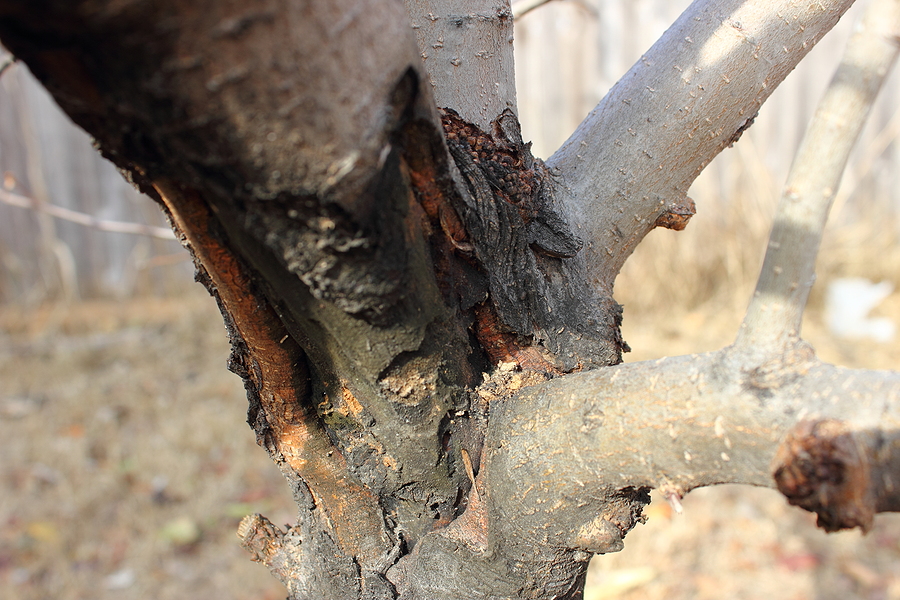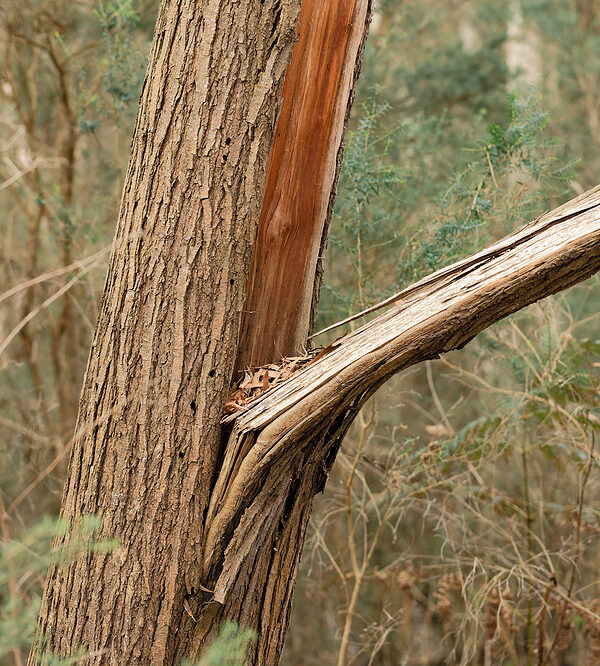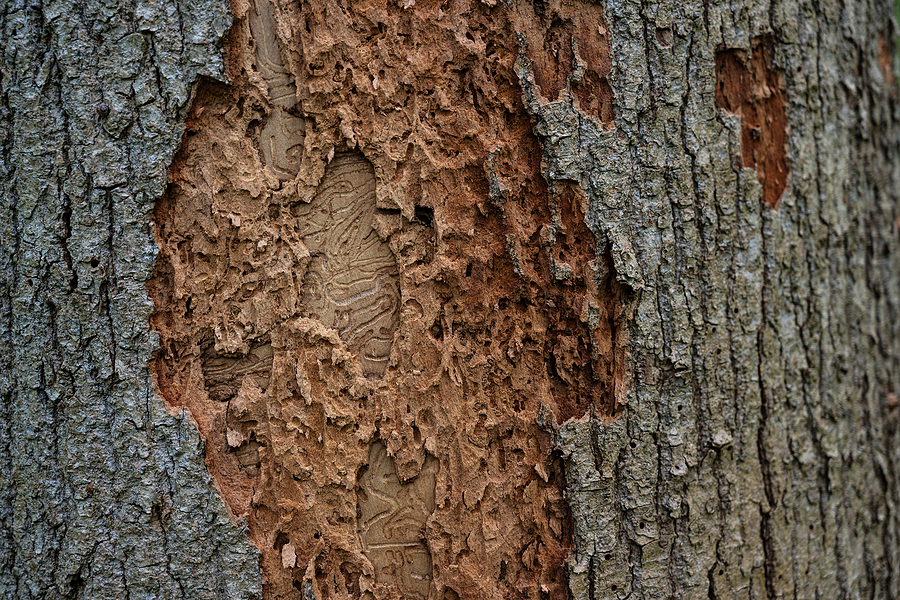Imagine investing time, effort, and resources into growing beautiful trees only to see them damaged by local wildlife. Protecting trees from wildlife tampering is crucial for maintaining healthy, vibrant gardens and landscapes.
This blog post will guide gardeners, homeowners, and property managers through protecting trees from wildlife damage. You’ll learn about the common culprits behind tree damage, how to identify signs of tampering, and effective strategies for safeguarding your trees. By the end, you’ll be well-equipped to defend your trees against wildlife threats and ensure they thrive for years to come.

Common Wildlife Threats to Trees
Many types of wildlife can pose threats to trees, especially in residential and commercial areas. Insects like beetles and borers can infest tree trunks, while larger animals like deer can damage bark and foliage. Birds, too, can sometimes harm trees by pecking at their bark or nesting in them. Understanding these threats is the first step in protecting your trees and ensuring they remain healthy and vibrant for years to come. Regular monitoring and proper tree care can help mitigate these risks.
- Deer: Deer are notorious for rubbing their antlers against tree bark, causing significant damage. They also browse on young shoots and leaves, stunting tree growth.
- Rodents: Rodents such as squirrels, mice, and voles can gnaw on tree bark and roots. Their chewing can girdle a tree, cutting off its nutrient supply and leading to its death.
- Birds: While birds often help control insect populations, some species can harm trees by pecking at the bark. Woodpeckers, for example, can create holes that leave trees vulnerable to disease and pests.
Identifying Signs of Wildlife Damage
Recognizing the signs of wildlife damage early can save your trees from irreversible harm. Here’s what to look for:
- Bark Rubbing: Look for areas where the bark has been stripped or rubbed away, often found on the lower trunks of trees. This damage is usually caused by deer.
- Chewed Bark and Roots: If you notice chew marks or missing bark, rodents are likely the culprits. These marks are typically low on the trunk or around the tree base.
- Holes in the Bark: Holes drilled into the bark are a clear indicator of bird activity, specifically woodpeckers. These holes can vary in size and depth.
Effective Strategies for Protecting Trees
Protecting your trees requires a multifaceted approach. Here are several strategies to consider:
- Physical Barriers: Installing physical barriers can deter wildlife from damaging your trees. Fencing, tree guards, and netting are effective options.
- Fencing: A sturdy fence can keep larger animals like deer away from your trees. Ensure the fence is tall enough—typically at least 8 feet—to prevent deer from jumping over it.
- Tree Guards: Tree guards made of plastic or metal can protect the lower trunk from gnawing rodents and rubbing deer. Wrap the guard around the base of the tree, ensuring it’s snug but not too tight.
- Netting: Netting can prevent birds from pecking at your trees. Drape the netting over the tree canopy, securing it to the ground with stakes.
Repellents
Repellents are another effective method for deterring wildlife. They can be chemical or natural and should be applied regularly.
- Chemical Repellents: Commercial repellents are available for various types of wildlife. These products often contain ingredients that taste or smell unpleasant to animals.
- Natural Repellents: Natural repellents include homemade sprays made from garlic, hot pepper, or essential oils. These can be just as effective as chemical options and are often more environmentally friendly.
Habitat Modification
Modifying the habitat around your trees can make it less attractive to wildlife.
- Remove Food Sources: Ensure there are no food sources, such as fallen fruit or bird feeders, that might attract wildlife to your garden.
- Clear Vegetation: Clear away dense underbrush and tall grass around your trees. This reduces hiding spots for rodents and other small animals.
Sustainable and Wildlife-Friendly Methods
While protecting your trees is essential, it’s also important to consider sustainable and wildlife-friendly methods.
- Companion Planting: Planting certain types of plants around your trees can naturally repel harmful wildlife. For example, marigolds can deter deer and rabbits.
- Encouraging Natural Predators: Encourage the presence of natural predators, such as birds of prey and beneficial insects, to control the population of harmful wildlife.
- Using Eco-friendly Products: Opt for Eco-friendly repellents and barriers that do not harm the environment or non-target species.
Conclusion
Protecting your trees from wildlife damage is crucial for maintaining a healthy and beautiful landscape. By understanding the threats, identifying signs of damage, and implementing effective strategies, you can safeguard your trees against wildlife tampering. Don’t wait until it’s too late—start implementing these tree protection measures today. And if you need professional assistance, don’t hesitate to contact your local tree care company. Your trees will thank you!
For more information and personalized advice on garden tree care, turn to a pro. Contact Complete Tree Care at 317-783-2518 to get assistance from a certified arborist in Indianapolis, Indiana. We serve residential and commercial clients with comprehensive tree care solutions.
Related Posts:
Protecting the Heartland: A Guide to Mid-West Tree Pests
Reviving Your Yard: A Guide to Saving Unhealthy Trees
Common Winter Tree Pests in Indiana




